
Leading ladies steal Barber of Seville at COC
ReviewThe Canadian Opera Company started off their 2020 with one of the biggest hits of the canon: Rossini’s The Barber of Seville. It’s the first chapter of the Beaumarchais trilogy that also brings us Mozart’s Le nozze di Figaro; it’s in this instalment where we see a young Count Almaviva trying to woo and wed the ward of Doctor Bartolo, Rosina. (Which adds a bizarre layer when you think of the sextet in the Mozart, but I digress…)
To do so, Almaviva must bamboozle Bartolo, Don Basilio, Rosina herself, and the entire constabulary. Yes, it’s a comedy. Yes, he succeeds. Yes, there’s a wedding. Yes, they repeat what they say, a lot. #BelCanto
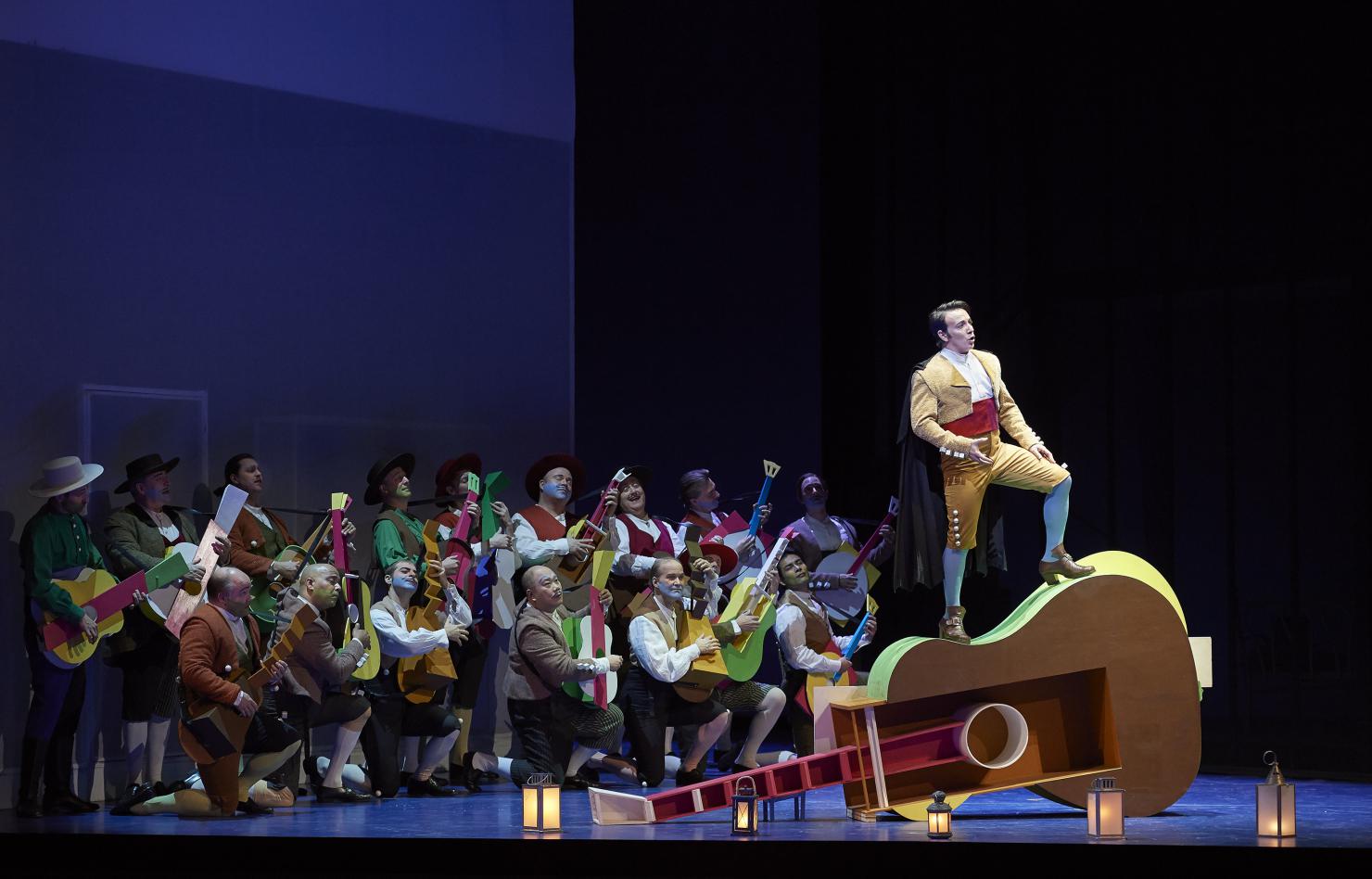
Emily D’Angelo as Rosina steals the show. Her agile mezzo serves Rossini’s rangy and athletic writing almost to perfection. “Una voce poco fa” was delightful. D’Angelo has been taking the opera word by storm the past few years, and this performance is just more proof of why.
As the eponymous barber, Figaro, Vito Priante makes his COC debut in a role that come with quite a bit of history. It’s a well-known pinnacle of the repertoire for the lyric baritone and Priante seems up to the task. Tall, charming, and affable from his first entry, his characterization was on point and was consistent from start to finish. This Figaro sang with a buoyant tone that jumped around the vocal range with ease and intricacy during the roulades and melismas.
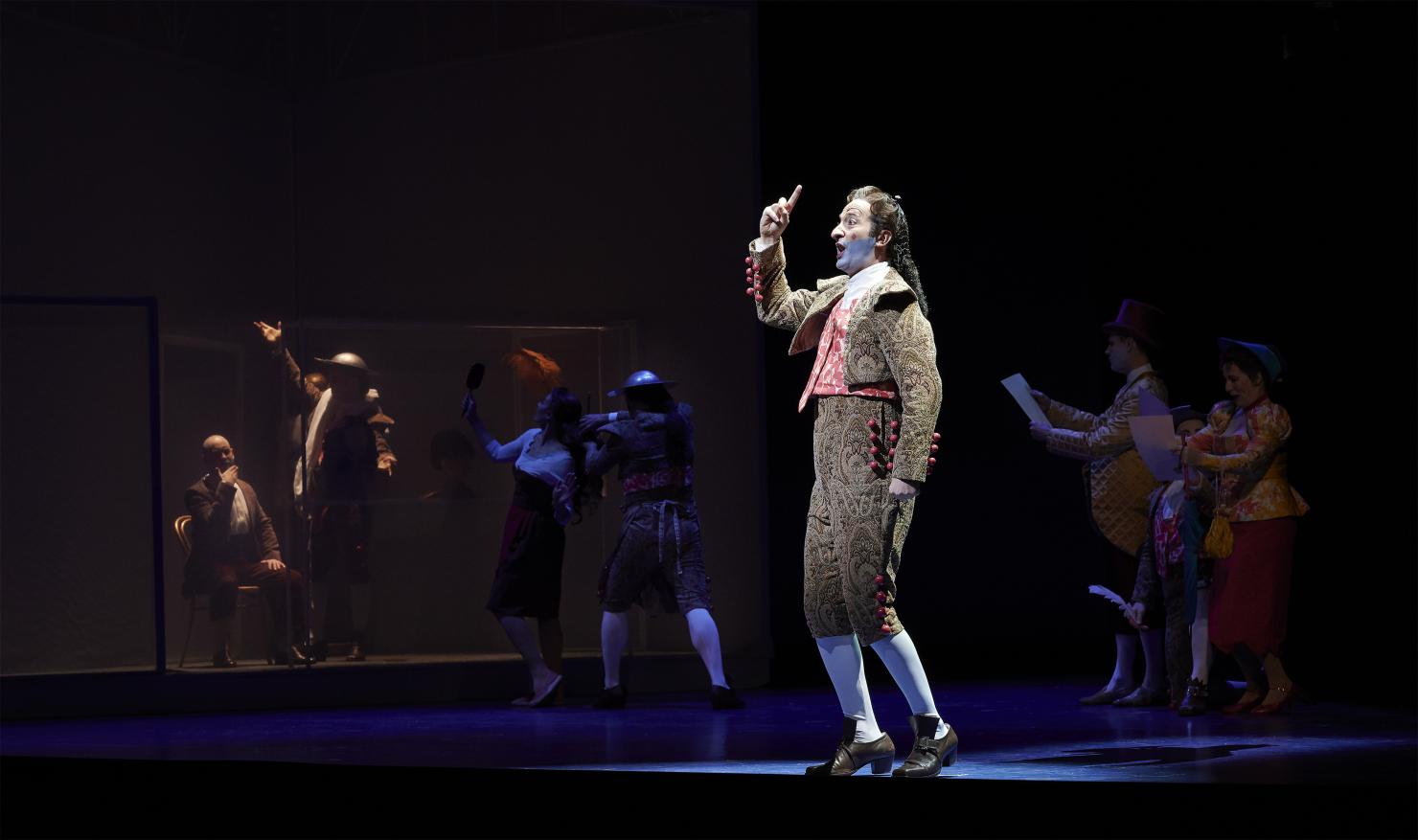
Argentinan tenor Santiago Ballerini, also making his COC debut, in the role of Almaviva seemed to have a bit of a rollercoaster of a night. His Count was lovable and energetic. His animated portrayal may have had something to do with a few of the vocal challenges he had (and expertly overcame); but take it from me, I know from experience how hard that is - and so do a lot of you lovely Schmop-tops. I have to say, Ballerini was quite good at playing Almaviva pretending to be Lindoro pretending to be Don Alonso. His character voice was hilarious and it was during the voice lesson when I felt that his physicality was now helping his singing - instead of the opposite. #bravo
It wasn’t just fast for the sake of being fast, it was informed, controlled, and drove the inherent comedy of the production - which it sorely needed.
Reprising his role of Bartolo from the 2015 production, Italian baritone Renato Girolami was just as aggravating as you could want Bartolo to be in his heavy-handed guardianship (#understatement). Girolami lumbered about and lorded over his manor in the most comically obtuse manner. His upper register sailed through the house and his comic timing was consistently on point.
Hitting all the big names in the opera canon, previously seen in Puccini and Verdi at the COC in 2019, bass-baritone Brandon Cedel checks Rossini off his list in his hilarious portrayal of Basilio, Rosina’s music teacher. Cedel has a thick, rich, tone that is both booming and agile. His comic timing was on par with Griolami and their chemistry was great.
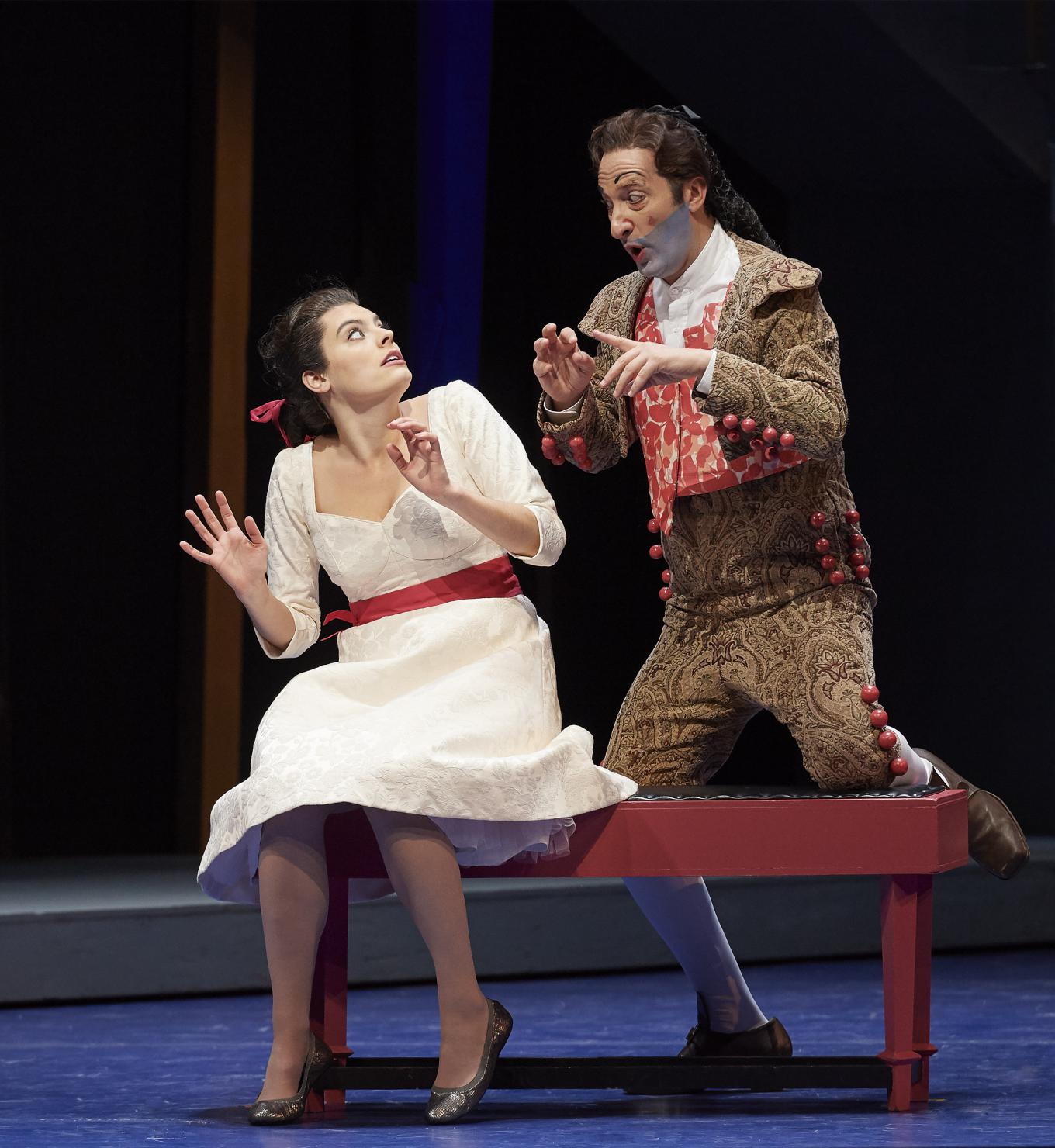
Three members of the COC Ensemble Studio got to strut the stage as well. Mezzo-soprano Simona Genga as the snuff-addled Berta was a highlight of the night. Her brief moment of spotlight used to the fullest every. single. second. As Fiorello, bass-baritone Joel Allison sang well, but seemed a little restrained and I felt like he could have had a little more fun in the role. As the Officer, Vartan Gabrielian as the officer was funny and very well-sung and was, how can we say, hard to miss?
The real star of the night, in my opinon - as well as others it appears - is in one Speranza Scappucci. This conductor’s tempi were brisk and firm. The overture, as we all know, is a hugely famous piece of music all on its own, and this was one of the best interpretations I’ve heard - recorded or live. These tempi stayed the course throughout the entire production. Her interpretations of “andante” and “allegro” were definitely faster than the majority of Straussophile* conductors we’re used to seeing come across that podium. But it wasn’t just fast for the sake of being fast, it was informed, controlled, and drove the inherent comedy of the production - which it sorely needed.
The design was fun, if not confusing.
Unfortunately, the patter seemed to conquer the majority of the singers, Bartolo in particular, on the stage. Their agility in their melismatic passages didn’t really translate to agility of diction - which is paramount to successful patter and especially so at these brisker tempi. With the exception of the ladies and Basilio, the majority of the singers seemed to have trouble with being heard outside the extremes of their ranges, even when the orchestration was at its sparsest. The ensemble singing seemed to struggle, and if we’re going to choose to insert choreography into a show, it should be clean and clear, and committed.
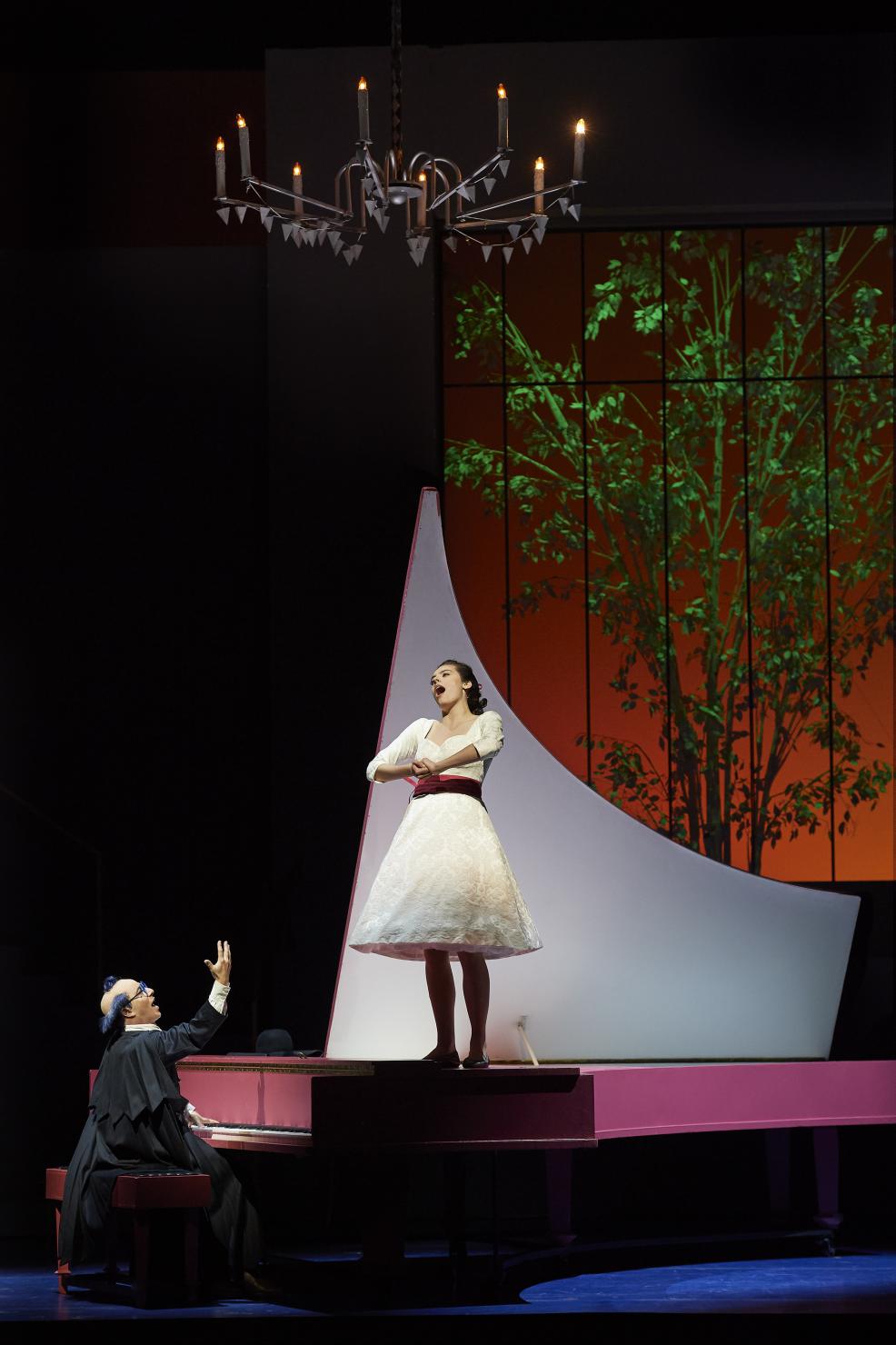
Directed by Joan Font with choreography by Xevi Dorca, this revival of the 2015 production with set and costumes by Joan Guillén, is described in the program notes by the director as “action that could happen” in the 19th century, or even today in Toronto. I do beg to differ.
The design was fun, if not confusing. Described by Font, this Barber is not “set in a specific space” - except that the design and comedy-of-manners approach to the staging clearly dictate when we are, as it’s loaded with time-stamped design choices. Not dated, but definitely associated with 18th-century Spain. The exception is Rosina, who apparently borrowed Maria’s dress from the West Side Story film?
The orchestra, though, is ON. POINT.
The costumes’ colour scheme directed your mind to support some of the commedia-dell-arte-via-school-of-clown choices in the characterizations (again very of-a-time), but seemed to make the colourless set - oversized, rotating, pink grand piano/writing desk/bed/dais excluded - seem very out of place. Though they did amazingly, the choice to have a group of actors consistently working in and around the scenes as it the drama unfolds could have been a very powerful choice; but in this case it was distracting, especially during the recitativo passages (again at such a brisk tempo). As an audience, we’re already splitting our focus between the stage and the surtitles - assuming you’re not fluent in Italian.
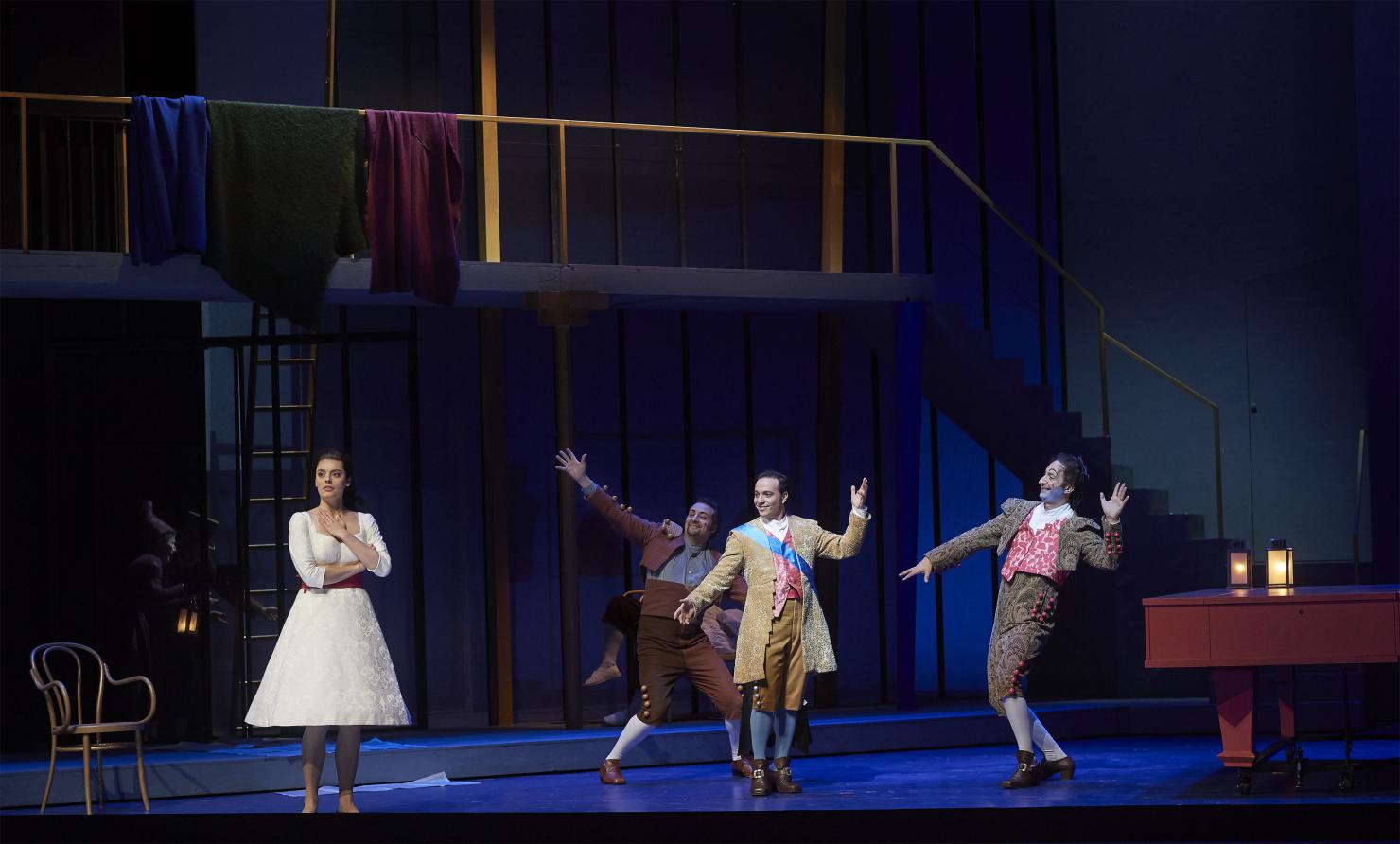
There were great moments of really, truly entertaining comedy, but perhaps it was a bit of an off night. Overall, the production seemed like a lot of random parts put together with an incredible leading lady. The orchestra, though, is ON. POINT.
* No hate to Strauss. I love him too.


Comments